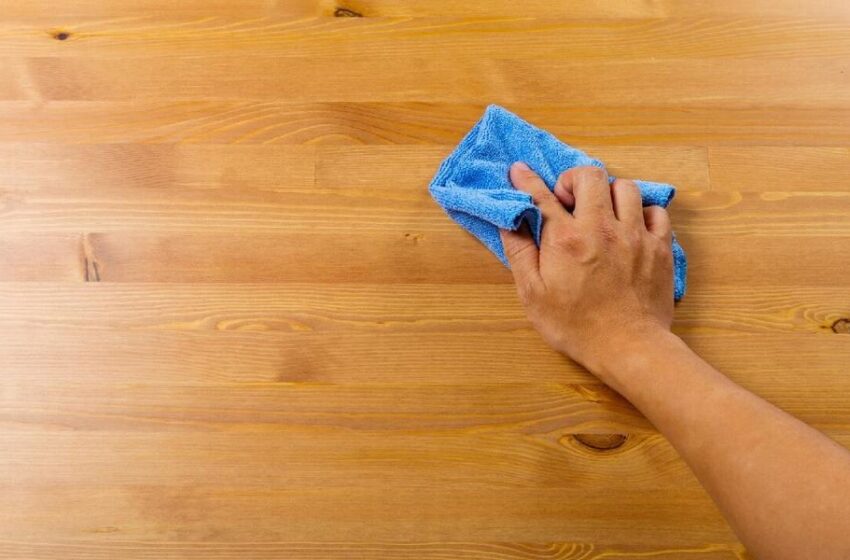Why is furniture polishing important for interior designing?

How to Enhance the Beauty of Your Home with Furniture Polishing? Furniture plays a vital role in enhancing the aesthetics of any home. But to maintain the beauty of your furniture, regular polishing is required. Furniture polishing is a simple and cost-effective way to give your old or dull furniture a new look. Polishing also helps protect the furniture from scratches, spills, and other damages.
Furniture polishing is an essential part of interior designing. It not only adds to the beauty of your home but also protects your furniture from damage. Here are some reasons why furniture polishing is crucial for interior designing:
- Aesthetics: Furniture polishing enhances the beauty of your furniture and adds to the overall aesthetics of your home. With regular polishing, you can maintain the shine and luster of your furniture, making it look new for longer.
- Protection: Polishing creates a protective layer on your furniture that helps protect it from scratches, spills, and other damages. This protection ensures that your furniture lasts longer and remains in good condition.
- Hygiene: Regular furniture polishing helps maintain hygiene in your home. Over time, furniture can accumulate dust, dirt, and other pollutants that can cause allergies and other health problems. Polishing removes these pollutants, making your home a safer and healthier place to live.
How to polish your furniture effectively?
Polishing your furniture is a simple task that can be done with some basic tools and materials. Here are some tips to help you polish your furniture effectively:
- Clean the surface: Before polishing, clean the surface of your furniture with a soft cloth or sponge. Use a mild cleaning solution to remove any dirt or stains.
- Choose the right polish: Choose a polish that is suitable for your furniture’s material. For example, if your furniture is made of wood, use a wood polish. If it’s made of metal, use a metal polish.
- Apply the polish: Apply the polish in a thin, even layer using a soft cloth or sponge. Rub the polish in gently, following the grain of the wood or metal.
- Buff the surface: Once the polish has dried, buff the surface with a clean, soft cloth. This will remove any excess polish and give your furniture a shine.
- Repeat as necessary: Depending on the condition of your furniture, you may need to repeat the polishing process several times. Repeat until you achieve the desired level of shine and protection.
What are some common mistakes to avoid while polishing your furniture?
Polishing your furniture is a straightforward task, but it’s easy to make mistakes that can damage your furniture. Here are some common mistakes to avoid while polishing your furniture:
- Using too much polish: Using too much polish can leave a sticky residue on your furniture and attract dust and dirt.
- Using the wrong polish: Using the wrong polish can damage your furniture’s material. Always choose a polish that is suitable for your furniture’s material.
- Not cleaning the surface: Polishing a dirty surface can trap dirt and pollutants, causing further damage to your furniture.
- Using a rough cloth: Using a rough cloth can scratch the surface of your furniture, making it look dull and worn out.
- Not buffing properly: Not buffing properly can leave streaks and uneven patches on your furniture’s surface.